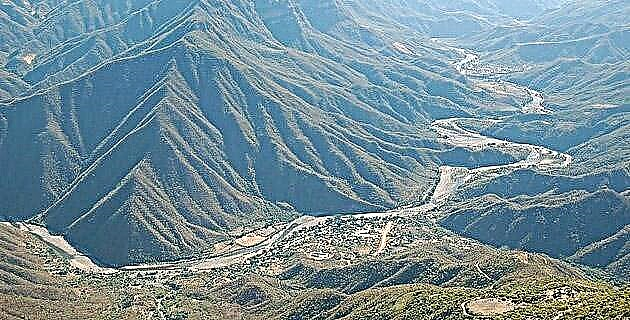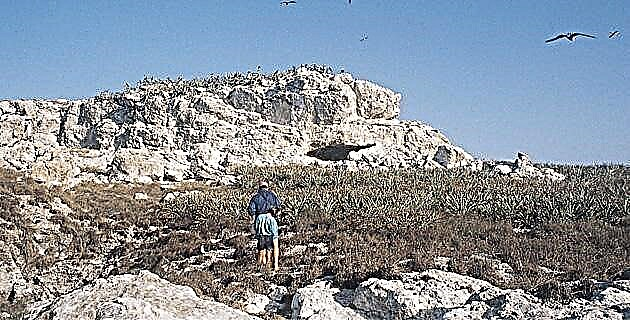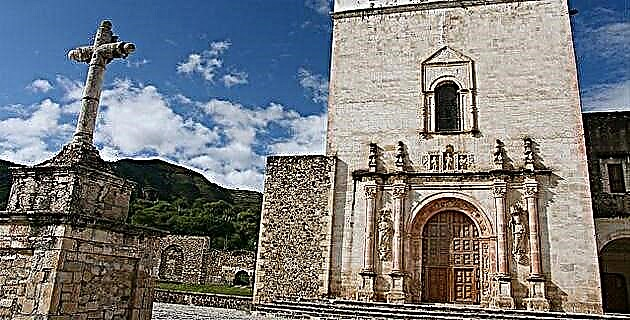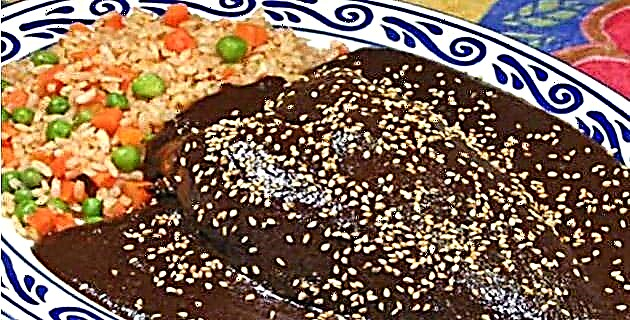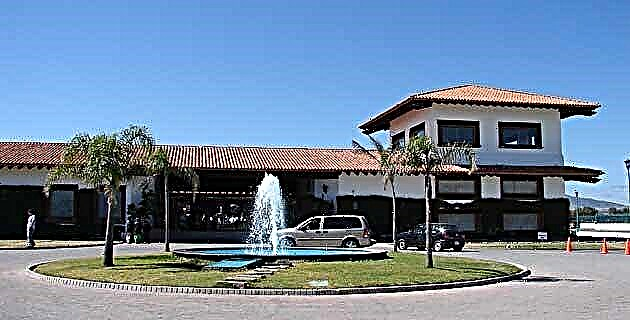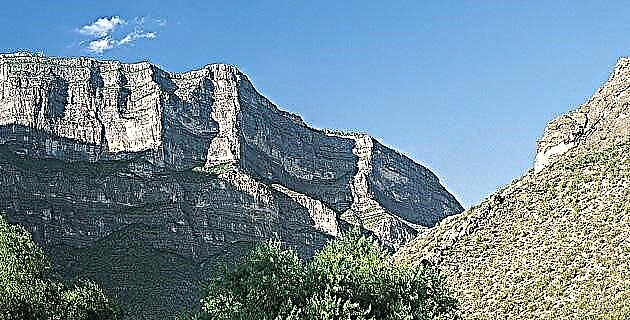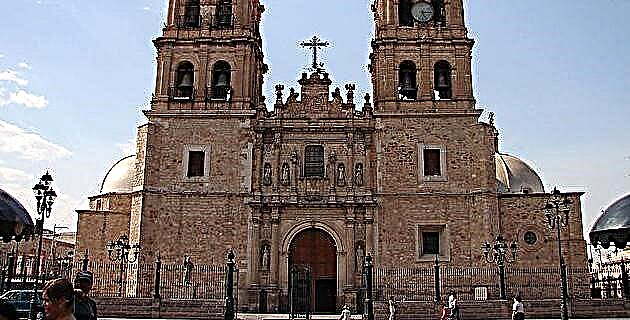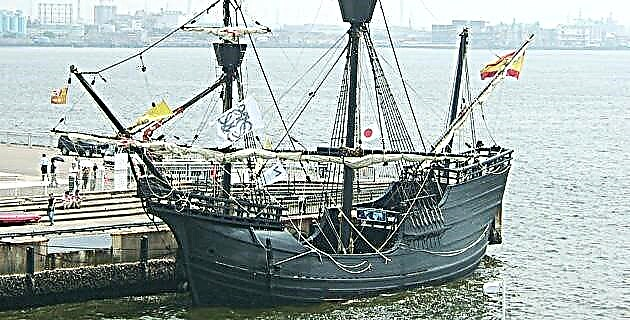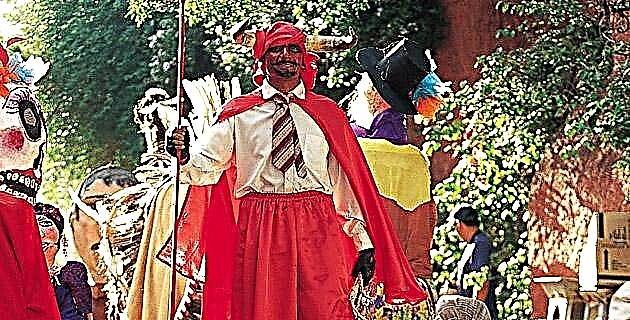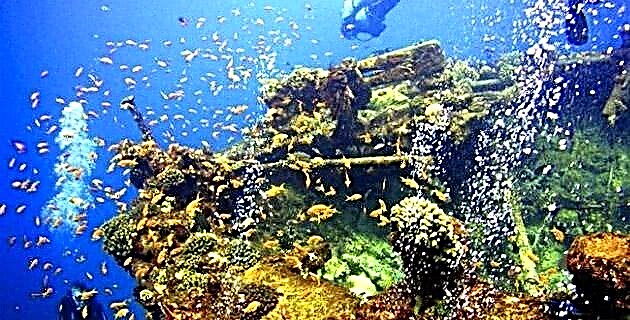
Some questions about the creation of these artificial reefs were: to what extent and for how long will the iron structures serve as marine habitat?
On November 18, 1999, the Chinese freighter Fang Ming made its last trip. At 1:16 p.m. that day the water began to flood his cellars, taking him in less than two minutes to his new home 20 meters deep, in front of Espiritu Santo Island, in the Bay of La Paz, Baja California Sur . Forever away from the sun and the air, the fate of the Fang Ming would be to become an artificial reef. A second freighter, named LapasN03, followed the path of its predecessor the next day. Thus culminated a project that demanded more than a year of efforts and hard work from the Pronatura conservation organization.
One year after the reef was created, a group of biologists and sports diving enthusiasts decided to carry out an inspection of the Fang Ming and LapasN03 in order to assess how the sea and its creatures had responded to the presence of these new inhabitants. marine.
NATURAL AND ARTIFICIAL REEFS
The expedition was scheduled for Saturday, November 11, 2000, just days before the artificial reefs' first birthday. The sea conditions were good, although the water was a bit cloudy.
On our way to the Fang Ming we sail close to some of the many reef areas of the Bay of La Paz. Some are of the coral type, that is, they are formed by the growth of various species of coral. Other reef areas are made up of rocks. Both corals and rocks provide a hard substrate for the growth of algae, anemones, gorgonians and clams, among other marine organisms, and at the same time are used as a refuge for a great variety of fish.
In the same way, sunken ships (known as wrecks) are often covered with algae and coral, so much so that sometimes the original shape of the ship is barely recognizable. If the characteristics of the sinking area are favorable, over time the wreck will host a multitude of fish, functioning as a true reef. This is the case of the Salvatierra wreck, a ferry sunk three decades ago in the San Lorenzo channel (which separates Espiritu Santo island from the Baja California peninsula) and which is currently a prosperous underwater garden.
The diversity of marine life makes reefs (both natural and artificial) favorite places for diving and underwater photography. In some cases, so many divers visit a reef that the reef begins to deteriorate. Inadvertently, it is easy to snap a coral branch or detach a gorgonian, while larger fish swim to areas less visited by man. One of the objectives pursued with the creation of artificial reefs is to provide divers with a new option for their dives, which allows reducing the pressure of use and the negative impacts on natural reefs.
TOUR THROUGH THE FANG MING
We arrived in the vicinity of Punta Catedral, on Espiritu Santo Island, around 10 in the morning. Using the echo sounder and a geo-positioner, the ship's captain quickly located the Fang Ming and ordered the anchor to be dropped on the sandy bottom to one side of the wreck. We prepare our diving equipment, cameras and plastic slates to make annotations, and one by one we enter the water from the rear platform of the boat.
Following the anchor line we swam to the bottom. Although the sea was calm, under the surface the current muddied the water a bit, preventing us from seeing the wreck at first. Suddenly, about five meters deep, we began to make out the huge dark silhouette of the Fang Ming.
Perhaps one of the most exciting experiences for a diver is visiting a sunken ship; This was no exception. Quickly the deck and the command bridge of the wreck were drawn before us. I felt my heart beat rapidly at the emotion of such an encounter. It didn't take long to realize that the entire ship was surrounded by huge groups of fish. What a year ago was a mass of rusty iron, had become a wonderful aquarium!
On the deck we could see a thick carpet of algae, interrupted only by corals and anemones that were already several centimeters long. Among the fish we identify snappers, burritos, triggerfish and bugles, as well as the beautiful angelfish. One of my companions counted a dozen small juveniles of the Cortés angelfish in just a few meters of deck, proof that the wreck is, indeed, functioning as a refuge site for reef fish in their early stages of life. lifetime.
The openings made on both sides of the hull of the boat allowed us to penetrate inside without using our lamps. Prior to its sinking, the Fang Ming was carefully prepared to remove any elements that could pose a danger to divers. Doors, irons, cables, tubes and screens were removed where a diver could get stuck, at all times light penetrates from outside and it is possible to see a nearby exit. The freighter's stairs, hatches, holds and engine room present a show full of magic and mystery, which made us imagine that at any moment we would find a forgotten treasure.
Leaving through an opening at the rear end of the ship, we descended to the place where the propellers and the rudder meet, at the deepest point of the wreck. The hull and rudder blade are covered in mother-of-pearl, pearl-producing clams that have been the object of intense exploitation in this region since colonial times. On the sand we were surprised by a large number of empty mother-of-pearl shells. What could have killed them? The answer to this question is found just below the helm, where we observe a small colony of octopuses that have clams as part of their preferred diet.
After 50 minutes of touring the Fang Ming, the air in the diving tanks had decreased considerably, so we considered it prudent to begin the ascent. On the slates there was a long list of fish, invertebrates and algae, which proved that, in just one year, the creation of this artificial reef had been a success.
DIVING IN LAPAS N03
Undoubtedly, the results of our first dive were much more than we had expected. While we were discussing our findings, the captain raised the anchor and directed the bow of the ship towards the eastern tip of the Ballena islet, just two kilometers from Punta Catedral. In this place, about 400 m from the islet, is the second artificial reef that we planned to inspect.
Once the boat was in position, we changed the diving tanks, prepared the cameras and quickly jumped into the water, which here was much clearer because the islet protects the area from the current. Following the end of the anchor, we reached the LapasN03 command bridge without any problems.
The cover of this wreck is about seven meters deep, while the sandy bottom is 16 meters below the surface. This freighter has only one hold that runs the length of the ship and is open for its entire length giving the ship the appearance of a huge bathtub.
Like what was observed in our previous dive, we found LapasN03 covered with algae, small corals and clouds of reef fish. As we approached the command bridge we managed to perceive a shadow penetrating through the main hatch. As we leaned out, we were greeted by a grouper almost one meter long, which curiously observed the bubbles coming out of our respirators.
The tour of LapasN03 was much faster than that of Fang Ming, and after 40 minutes of diving we decided to surface. This had been an exceptional day, and while we were enjoying a delicious fish soup, the captain directed our boat back to the port of La Paz.
THE FUTURE OF ARTIFICIAL REEFS
Our visit to the artificial reefs in front of Espiritu Santo Island proved that, in a short time, what were useless boats became a haven for marine life and a sensational place to practice sports diving.
Whether for conservation and tourism purposes (such as Fang Ming and LapasNO3), or for the purpose of generating fish concentration points to improve fisheries performance, artificial reefs represent an option that can benefit to coastal communities not only in Baja California but throughout Mexico. In all cases, it will be necessary to properly prepare the boats to prevent any negative environmental impact; As has happened in the Bay of La Paz, nature will respond generously to this care.
Source: Unknown Mexico No. 290 / April 2001

